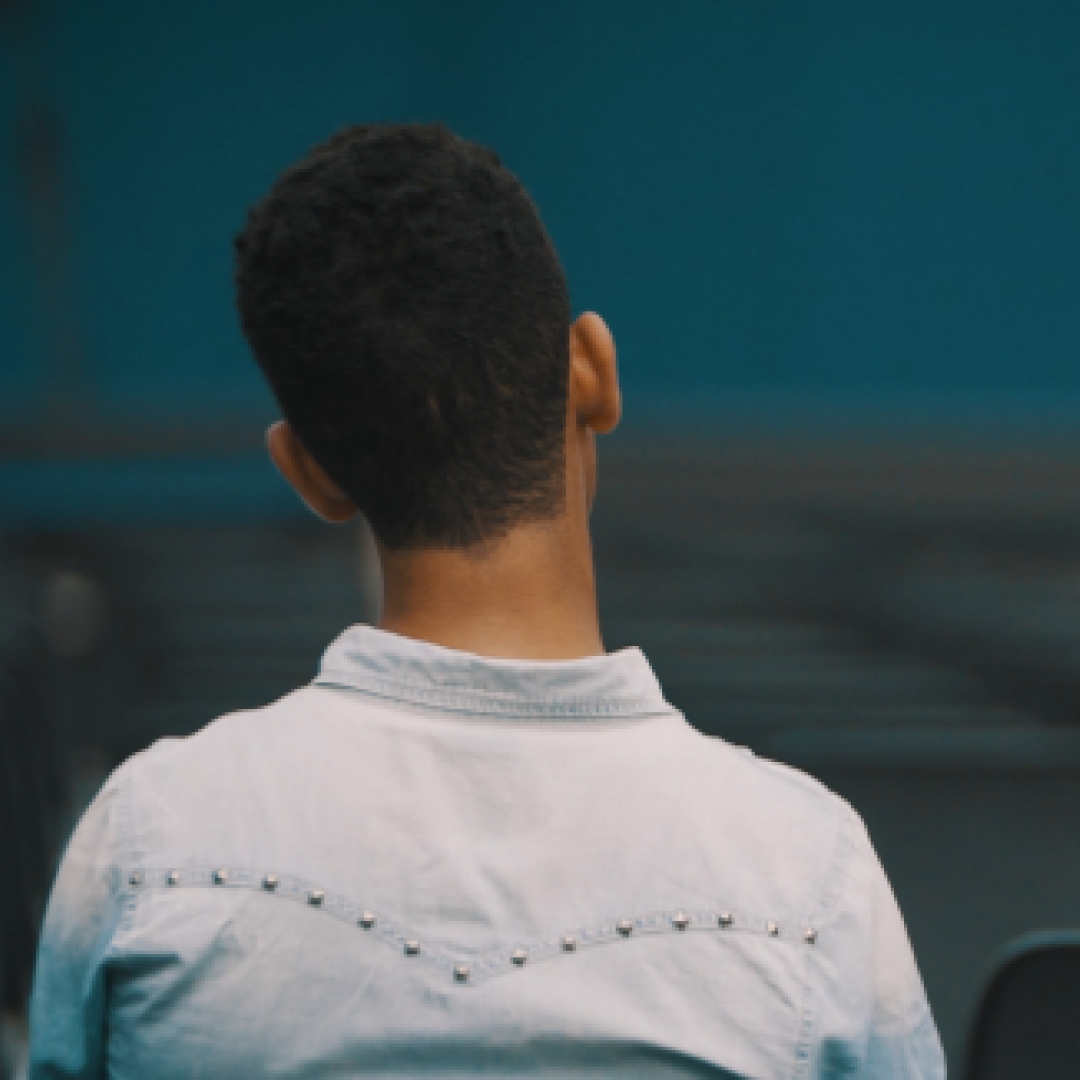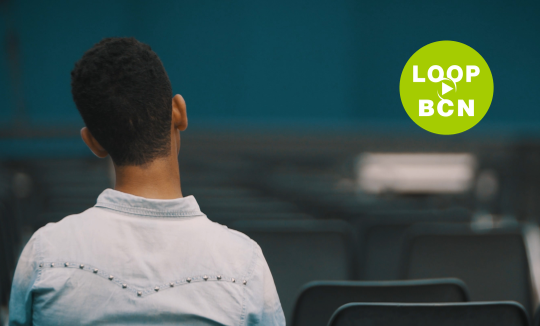La città dentro
What is it like to live in a city you have never seen? What is it that makes a place that particular place, if we remove away the centrality of sight?
Filmon has lived in Bologna for half of his life, studying political science, playing baseball in a team of visually impaired athletes and moving around the city's arcades, squares and historic buildings with ease. Filmon does not think of the city as a map seen from above, his city expands from under his feet, widens like a star, always passing through the same points, unwinding in the smallest details of an endless ribbon, a maze of possible pathways recognized by touch and hearing. The urban tangle is domesticated by the physical action of walking, one day with a snappy body and another with a tired body, sitting on the fresh stones of the Public Library in the summer heat, locating a scent of warm lard in the still air of the autumn gouache or following the pungent smell of the detergent that dries along the streets in the spring breeze.
The second half of the film adopts the perspective of Ada, a ten-year-old girl who suddenly passes from the hustle and bustle of games with friends under the arcades of the centre, to the silence of an empty house and a locked city in the midst of the pandemic. Ada tells the story of Filmon on the day he becomes an Italian citizen, a country he has never seen with his own eyes, while the city of the future Ada imagines is all different from the one that is about to turn on (reignite) again beyond her balcony.
Activities
Following the challenges posed by the production of “La città dentro”, LOOP Barcelona organized the meeting “Audio Description and Audio Subtitling of Videoworks: A Place of Its Own” to discuss how the ocular-centric bias that so obviously accompanies the production of most works of art underscores the importance of the “audio” component in audiovisual works.
Audio-description and audio-subtitling for the visually impaired is a field that holds a creative potential not yet fully recognized. This meeting focused on discussing this potential and on how certain communities use different tools to conduct their construction of place and belonging.
Objectives
The debate raised questions about the insistence of an underlying cultural structure that, for the most part, is prioritizing the visual realm. This, of course, has clear and profound consequences on how we can approach more openly the different variants that “invisible places” might suggest, both at the material and symbolic levels.
Media Productions (Photographs & Videos):
La città dentro
What is it like to live in a city you have never seen? What is it that makes a place that particular
Posted on December 20, 2020
Other files:
Links
Contact
Ruben Verdú
Participants
The meeting was led and moderated by Ruben Verdú (Artist, researcher and coordinator of A-Place/LOOP Barcelona) and counted with the participation of Marta Buzi (Producer at Studio Arkì, Bologna), Carme Guillamon (Philologist at Narratio, Barcelona), Anna de Manincor (Film Director and member of ZimmerFrei, Bologna), Anna Matamala (Applied Linguistics, PhD, Professor at the Universitat Autònoma de Barcelona) and Magda Stawarska-Beavan (London-based Polish artist


